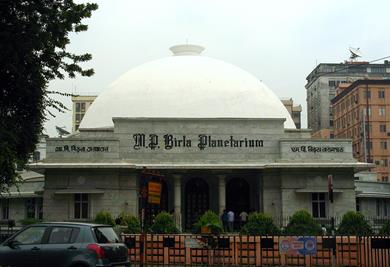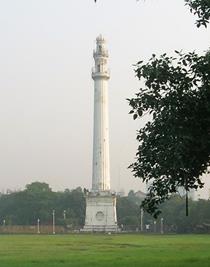The Kids & Kolkata (কলকাতা চলিয়াছে নড়িতে নড়িতে)
….. (2 days)
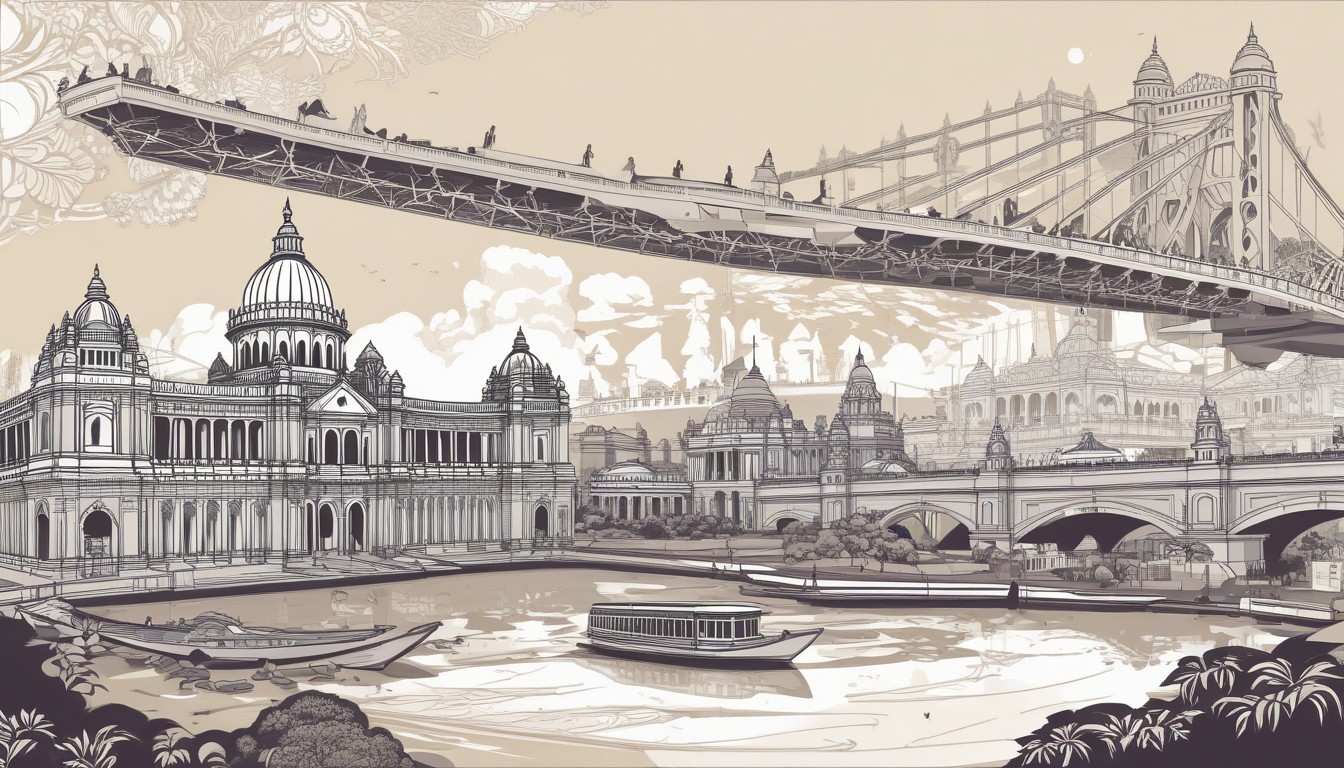
The Zoological Garden in Alipore, informally known as the Alipore Zoo or Kolkata Zoo, stands as India’s oldest formally established zoological park and a prominent tourist attraction in Kolkata, West Bengal. Here are some key points about this historic and popular zoo:
Establishment and History: The Alipore Zoo has been open as a zoo since 1876, making it India’s oldest formally stated zoological park. It has a rich history and has played a significant role in wildlife conservation and public education.
Geographical Coverage: The zoo covers a substantial area, spanning 18.811 hectares (46.48 acres). This extensive space provides a habitat for a diverse range of animal species.
Aldabra Giant Tortoise Adwaita: The Alipore Zoo gained fame for being the home of Adwaita, the Aldabra giant tortoise. Adwaita was reputed to have been over 250 years old at the time of his death in 2006, making him one of the oldest known tortoises in the world.
Captive Breeding Projects: The zoo is actively involved in wildlife conservation efforts, including captive breeding projects. One notable example is the Manipur brow-antlered deer, showcasing the zoo’s commitment to preserving endangered species.
Tourist Attraction: The Alipore Zoo is one of the most popular tourist attractions in Kolkata, drawing large crowds, particularly during the winter season. December and January witness a surge in visitors, and the zoo has become a favorite destination for families and nature enthusiasts.
Record Attendance: The zoo achieved its highest attendance on January 1, 2018, with an impressive count of 110,000 visitors. This underscores its status as a major crowd-puller in the city.
The Alipore Zoo serves not only as a recreational spot but also as an educational institution, raising awareness about wildlife conservation and biodiversity. Its long-standing history and ongoing efforts in animal care and conservation make it a significant landmark in Kolkata.
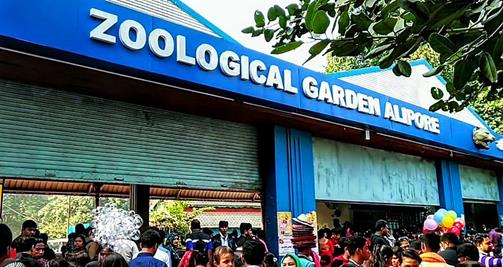
Establishment and History: The Alipore Zoo has been open as a zoo since 1876, making it India’s oldest formally stated zoological park. It has a rich history and has played a significant role in wildlife conservation and public education.
Geographical Coverage: The zoo covers a substantial area, spanning 18.811 hectares (46.48 acres). This extensive space provides a habitat for a diverse range of animal species.
Aldabra Giant Tortoise Adwaita: The Alipore Zoo gained fame for being the home of Adwaita, the Aldabra giant tortoise. Adwaita was reputed to have been over 250 years old at the time of his death in 2006, making him one of the oldest known tortoises in the world.
Captive Breeding Projects: The zoo is actively involved in wildlife conservation efforts, including captive breeding projects. One notable example is the Manipur brow-antlered deer, showcasing the zoo’s commitment to preserving endangered species.
Tourist Attraction: The Alipore Zoo is one of the most popular tourist attractions in Kolkata, drawing large crowds, particularly during the winter season. December and January witness a surge in visitors, and the zoo has become a favorite destination for families and nature enthusiasts.
Record Attendance: The zoo achieved its highest attendance on January 1, 2018, with an impressive count of 110,000 visitors. This underscores its status as a major crowd-puller in the city.
The Alipore Zoo serves not only as a recreational spot but also as an educational institution, raising awareness about wildlife conservation and biodiversity. Its long-standing history and ongoing efforts in animal care and conservation make it a significant landmark in Kolkata.

The Nehru Children’s Museum in Kolkata is regarded as one of the best places for kids in the city. Established by the Natural Cultural Association on November 14, 1972, the museum holds special significance as a tribute to India’s first Prime Minister, Pt. Jawaharlal Nehru, who was not only a statesman but also an influential teacher and beloved figure among children. The inauguration on his birthday adds a poignant touch to the museum’s mission.
The primary goal of the Nehru Children’s Museum is to provide education and entertainment to children through visual aids. By using interactive and visual elements, the museum aims to make learning an engaging and enjoyable experience for young visitors.
The Nehru Children’s Museum stands as a testament to the commitment to child education and cultural awareness. By blending entertainment with education, it serves as a valuable resource for families and schools seeking engaging ways to impart knowledge to children.
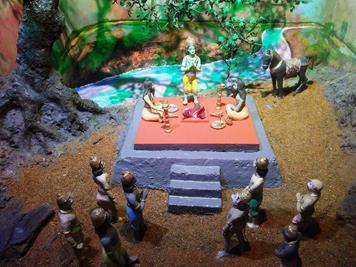
The primary goal of the Nehru Children’s Museum is to provide education and entertainment to children through visual aids. By using interactive and visual elements, the museum aims to make learning an engaging and enjoyable experience for young visitors.
The Nehru Children’s Museum stands as a testament to the commitment to child education and cultural awareness. By blending entertainment with education, it serves as a valuable resource for families and schools seeking engaging ways to impart knowledge to children.

Science City Kolkata is a large science center and interactive science museum located in Kolkata, West Bengal, India. It was inaugurated on July 1, 1997, with the goal of promoting scientific awareness and education among visitors, especially students and the youth. Here are some key features and attractions of Science City Kolkata:
Diverse Sections: Science City is divided into several sections, each focusing on different aspects of science and technology. These sections include Space Odyssey, Dynamotion Hall, Evolution Park, Earth Exploration Hall, Maritime Centre, Science Exploration Hall, and a fascinating live butterfly enclave.
Space Odyssey: This section explores the mysteries of outer space, featuring exhibits on astronomy, space technology, and the universe. The Sky Observation Program allows visitors to observe celestial objects through telescopes.
Dynamotion Hall: Known for its interactive exhibits, Dynamotion Hall engages visitors in hands-on experiments and demonstrations related to various scientific principles, including physics and mechanics.
Evolution Park: This outdoor section focuses on the theme of evolution, featuring life-size dinosaur models and exhibits that trace the history of life on Earth.
Earth Exploration Hall: This section delves into earth sciences, featuring exhibits on geology, natural disasters, and environmental conservation.
Maritime Centre: It explores maritime history, oceanography, and underwater exploration. The center includes models of submarines, ships, and information about marine life.
Science Exploration Hall: This hall is dedicated to various scientific disciplines and hosts interactive exhibits on physics, chemistry, biology, and more.
Live Butterfly Enclave: A popular attraction, the live butterfly enclave allows visitors to observe and learn about different species of butterflies in a natural environment.
3D Vision Theater: Science City also features a 3D Vision Theater that showcases educational films and documentaries on a wide range of scientific topics.
Convention Centre: Apart from the science exhibits, Science City has a convention center equipped with modern facilities, making it suitable for conferences, seminars, and educational events.
Science City Kolkata has played a significant role in promoting scientific temper and curiosity among visitors, making it a notable destination for school trips, families, and science enthusiasts. It serves as a hub for science education and entertainment, contributing to the dissemination of scientific knowledge in the region.
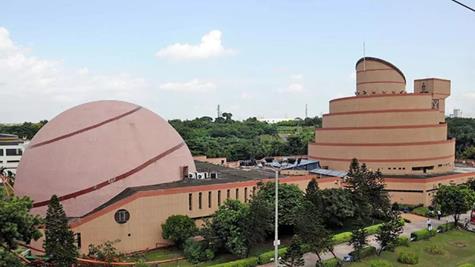
Diverse Sections: Science City is divided into several sections, each focusing on different aspects of science and technology. These sections include Space Odyssey, Dynamotion Hall, Evolution Park, Earth Exploration Hall, Maritime Centre, Science Exploration Hall, and a fascinating live butterfly enclave.
Space Odyssey: This section explores the mysteries of outer space, featuring exhibits on astronomy, space technology, and the universe. The Sky Observation Program allows visitors to observe celestial objects through telescopes.
Dynamotion Hall: Known for its interactive exhibits, Dynamotion Hall engages visitors in hands-on experiments and demonstrations related to various scientific principles, including physics and mechanics.
Evolution Park: This outdoor section focuses on the theme of evolution, featuring life-size dinosaur models and exhibits that trace the history of life on Earth.
Earth Exploration Hall: This section delves into earth sciences, featuring exhibits on geology, natural disasters, and environmental conservation.
Maritime Centre: It explores maritime history, oceanography, and underwater exploration. The center includes models of submarines, ships, and information about marine life.
Science Exploration Hall: This hall is dedicated to various scientific disciplines and hosts interactive exhibits on physics, chemistry, biology, and more.
Live Butterfly Enclave: A popular attraction, the live butterfly enclave allows visitors to observe and learn about different species of butterflies in a natural environment.
3D Vision Theater: Science City also features a 3D Vision Theater that showcases educational films and documentaries on a wide range of scientific topics.
Convention Centre: Apart from the science exhibits, Science City has a convention center equipped with modern facilities, making it suitable for conferences, seminars, and educational events.
Science City Kolkata has played a significant role in promoting scientific temper and curiosity among visitors, making it a notable destination for school trips, families, and science enthusiasts. It serves as a hub for science education and entertainment, contributing to the dissemination of scientific knowledge in the region.

Eco Park, officially known as Prakriti Tirtha, is an expansive urban park located in Kolkata, West Bengal, India. It is one of the largest urban parks in the country and is known for its ecological diversity, recreational facilities, and scenic beauty. Here are some key features and attractions of Eco Park, Kolkata:
The park is divided into several thematic zones, including the Wetland, Rose Garden, Bamboo Forest, and Butterfly Garden. Each zone is designed to showcase specific aspects of biodiversity and ecology.
One notable attraction within Eco Park is the “Seven Wonders of the World” section, featuring replicas of iconic structures such as the Taj Mahal, Eiffel Tower, and Christ the Redeemer statue. These replicas provide a glimpse of famous landmarks from around the world.
There is a dedicated play area for children with recreational facilities, making Eco Park a family-friendly destination.
Eco Park has become a prominent green space in Kolkata, offering a blend of ecological awareness, recreation, and entertainment. Its diverse attractions make it suitable for visitors of all ages, and it has become a popular destination for both locals and tourists.
![]()
The park is divided into several thematic zones, including the Wetland, Rose Garden, Bamboo Forest, and Butterfly Garden. Each zone is designed to showcase specific aspects of biodiversity and ecology.
One notable attraction within Eco Park is the “Seven Wonders of the World” section, featuring replicas of iconic structures such as the Taj Mahal, Eiffel Tower, and Christ the Redeemer statue. These replicas provide a glimpse of famous landmarks from around the world.
There is a dedicated play area for children with recreational facilities, making Eco Park a family-friendly destination.
Eco Park has become a prominent green space in Kolkata, offering a blend of ecological awareness, recreation, and entertainment. Its diverse attractions make it suitable for visitors of all ages, and it has become a popular destination for both locals and tourists.
Eco Park, officially known as Prakriti Tirtha, is an expansive urban park located in Kolkata, West Bengal, India. It is one of the largest urban parks in the country and is known for its ecological diversity, recreational facilities, and scenic beauty. Here are some key features and attractions of Eco Park, Kolkata:
The park is divided into several thematic zones, including the Wetland, Rose Garden, Bamboo Forest, and Butterfly Garden. Each zone is designed to showcase specific aspects of biodiversity and ecology.
One notable attraction within Eco Park is the “Seven Wonders of the World” section, featuring replicas of iconic structures such as the Taj Mahal, Eiffel Tower, and Christ the Redeemer statue. These replicas provide a glimpse of famous landmarks from around the world.
There is a dedicated play area for children with recreational facilities, making Eco Park a family-friendly destination.
Eco Park has become a prominent green space in Kolkata, offering a blend of ecological awareness, recreation, and entertainment. Its diverse attractions make it suitable for visitors of all ages, and it has become a popular destination for both locals and tourists.
![]()
The park is divided into several thematic zones, including the Wetland, Rose Garden, Bamboo Forest, and Butterfly Garden. Each zone is designed to showcase specific aspects of biodiversity and ecology.
One notable attraction within Eco Park is the “Seven Wonders of the World” section, featuring replicas of iconic structures such as the Taj Mahal, Eiffel Tower, and Christ the Redeemer statue. These replicas provide a glimpse of famous landmarks from around the world.
There is a dedicated play area for children with recreational facilities, making Eco Park a family-friendly destination.
Eco Park has become a prominent green space in Kolkata, offering a blend of ecological awareness, recreation, and entertainment. Its diverse attractions make it suitable for visitors of all ages, and it has become a popular destination for both locals and tourists.
The Indian Museum, formerly known as the Imperial Museum of Calcutta before independence, stands as a monumental institution in Central Kolkata, West Bengal, India. Established in 1814 by the Asiatic Society of Bengal, it holds several distinctions, making it a prominent cultural and scientific hub:
As the ninth oldest museum globally and the oldest and largest in India and Asia, the Indian Museum boasts a rich history dating back to the colonial era.
Founded by the Asiatic Society of Bengal, the museum’s inaugural curator was Nathaniel Wallich, a Danish botanist with a passion for natural sciences.
The museum’s extensive collections encompass a wide range of artifacts, including antiques, armor, ornaments, fossils, skeletons, mummies, and Mughal paintings. These items showcase the cultural and historical diversity of the region.
The Indian Museum serves as a testament to India’s rich and diverse heritage, providing a comprehensive exploration of cultural and scientific artifacts.
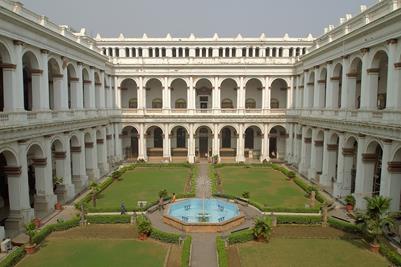
As the ninth oldest museum globally and the oldest and largest in India and Asia, the Indian Museum boasts a rich history dating back to the colonial era.
Founded by the Asiatic Society of Bengal, the museum’s inaugural curator was Nathaniel Wallich, a Danish botanist with a passion for natural sciences.
The museum’s extensive collections encompass a wide range of artifacts, including antiques, armor, ornaments, fossils, skeletons, mummies, and Mughal paintings. These items showcase the cultural and historical diversity of the region.
The Indian Museum serves as a testament to India’s rich and diverse heritage, providing a comprehensive exploration of cultural and scientific artifacts.


